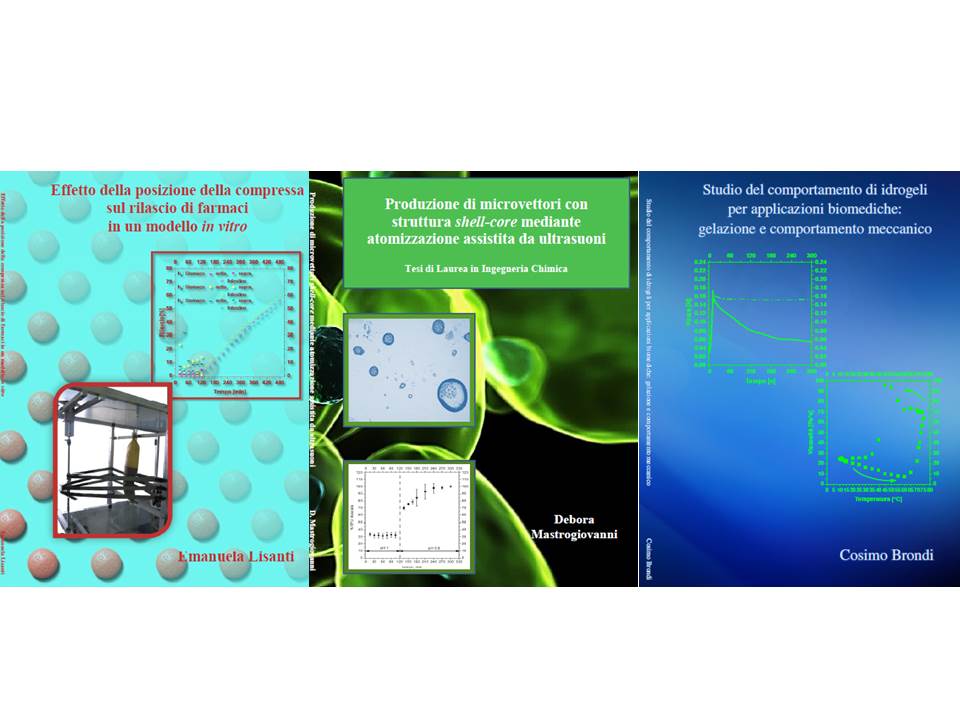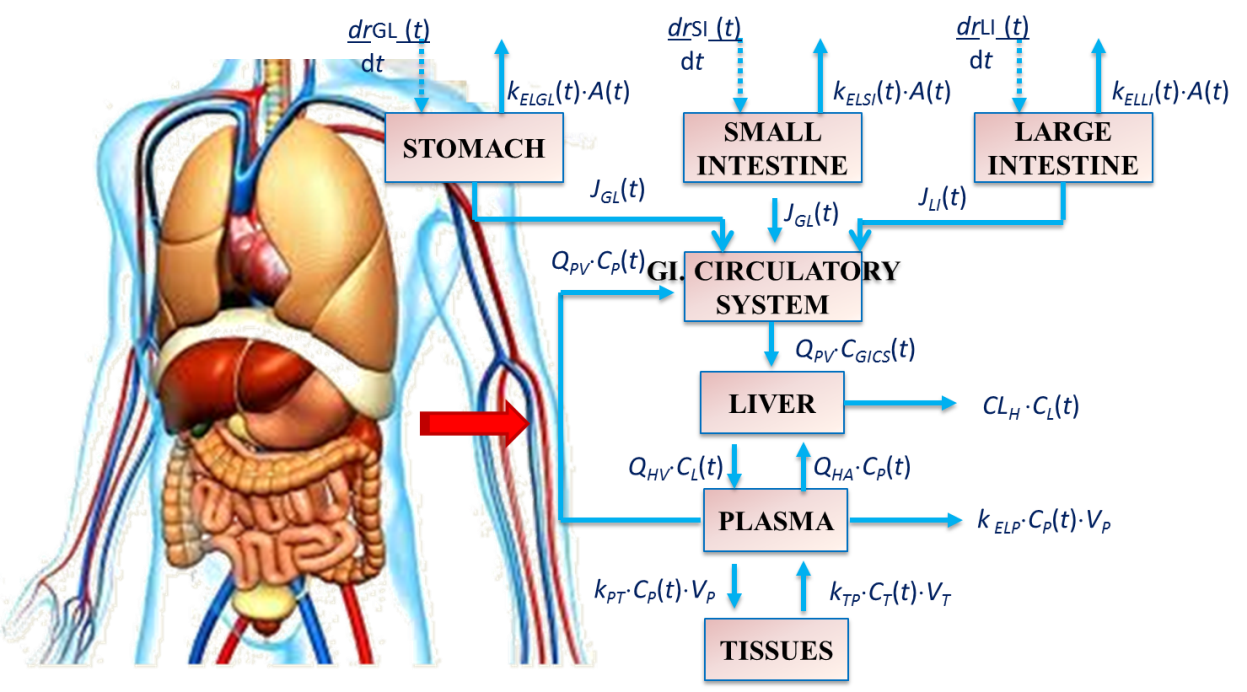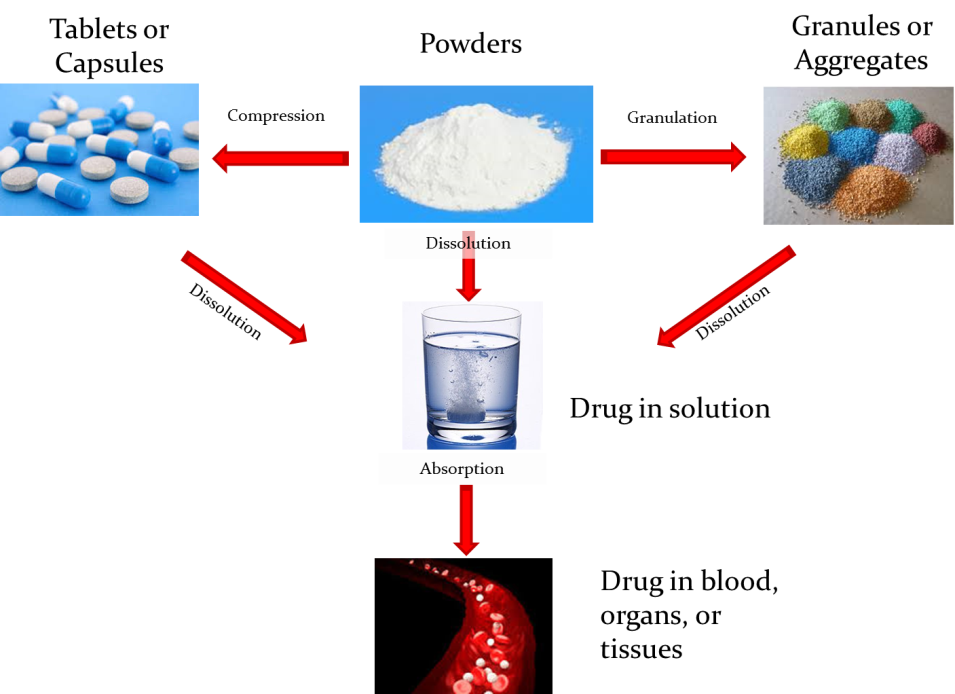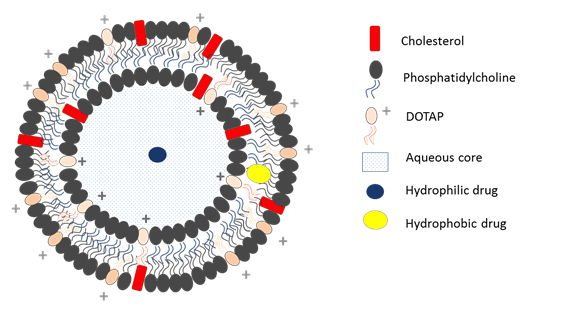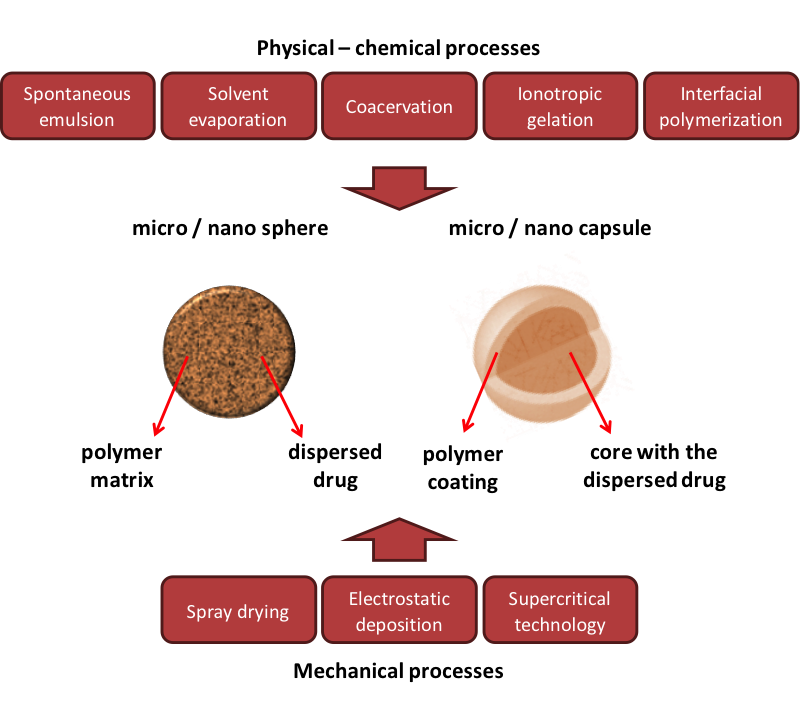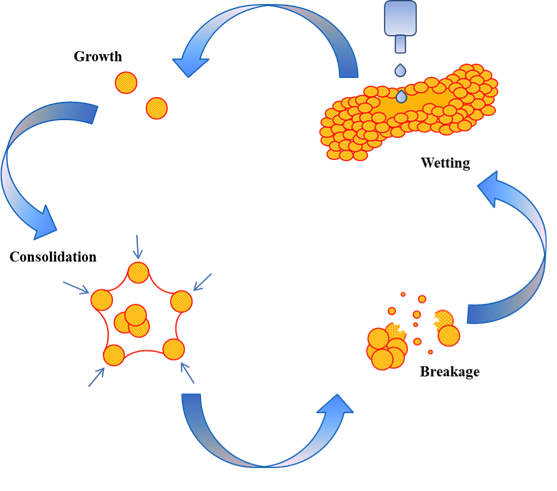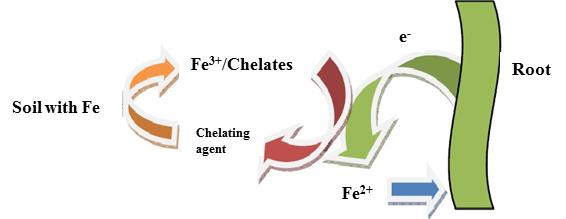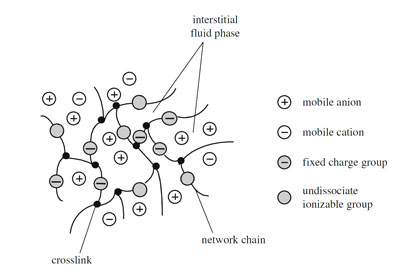February was a month full of satisfaction for the TPP Group which graduated three new doctors in Chemical Engineering, two bachelor and one master degree. Congratulations to Emanuela Lisanti and…
Continue ReadingADME processes and in silico models
Concerning the pharmacokinetic modeling, its main goal is the prediction of the blood and tissues drug concentrations. To reach this purpose, it has to be taken into account that the…
Continue ReadingDissolution tests and in vitro models
The most widespread diffused administration route is the oral one, and dissolution and absorption are the main phenomena which take place when a drug is ingested. A drug could be…
Continue ReadingLiposomes-based delivery systems
Liposomes-based delivery systems – Definition and Release Mechanism Liposomes are carrier systems suitable for the delivery of different active molecules; due to their unic features, they can be utilized in…
Continue ReadingPolymeric micro and nano particles: definition and benefits
Polymeric micro and nano particles: definition and benefits Several compounds were incorporated in micro or nano carriers by different techniques, in order to stabilize them, convert them into powders, mask…
Continue ReadingWet granulation: importance and formation mechanisms of the granulates
Wet granulation: importance and formation mechanisms of the granulates Nowadays, granulation products are largely used in pharmaceutical, food, cosmetic, agriculture, zootechnical industries and in the field of environmental remediation. Generally…
Continue ReadingChelating agents to treat the iron chlorosis – Definition and mechanism of action
One of the most important cause of iron chlorosis is the soil ph, in fact the plant adsorbs the Fe3+ present in the soil by the roots where a reduction…
Continue ReadingHydrogel-based delivery systems – Definition and Release Mechanism
Hydrogel-based delivery systems – Definition and Release Mechanism To explicate its therapeutic effect an Active Ingredient (AI) has to be available at a certain dose for a given time in a…
Continue ReadingWelcome!
This is the server of the Transport Phenomena & Processes research group!
Continue Reading
